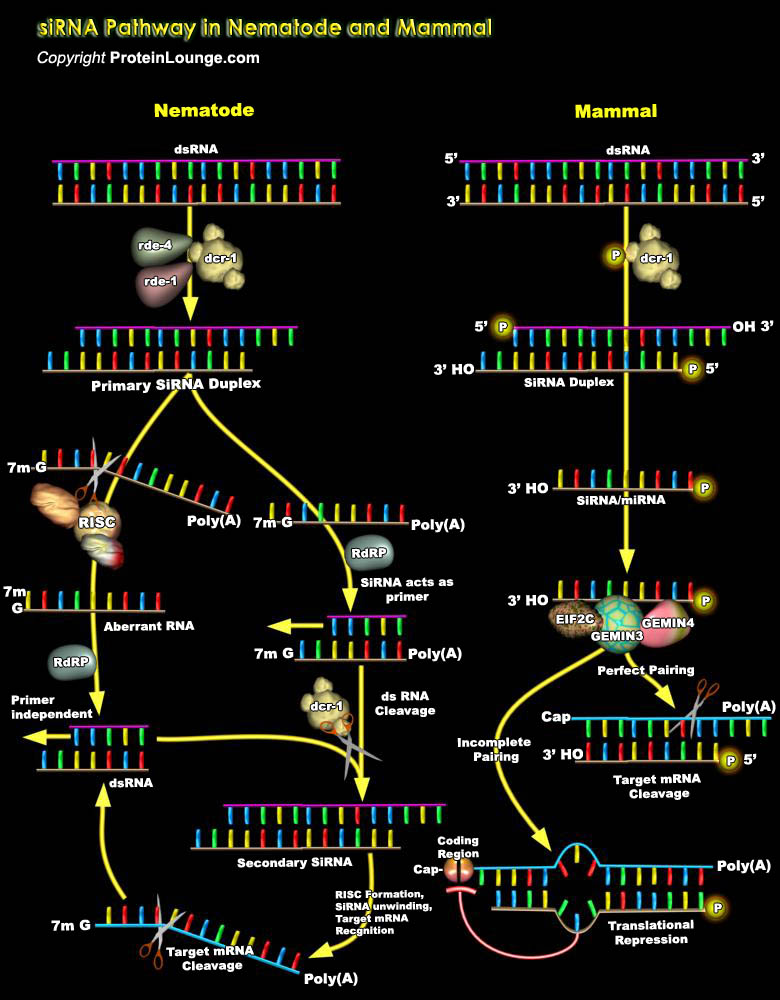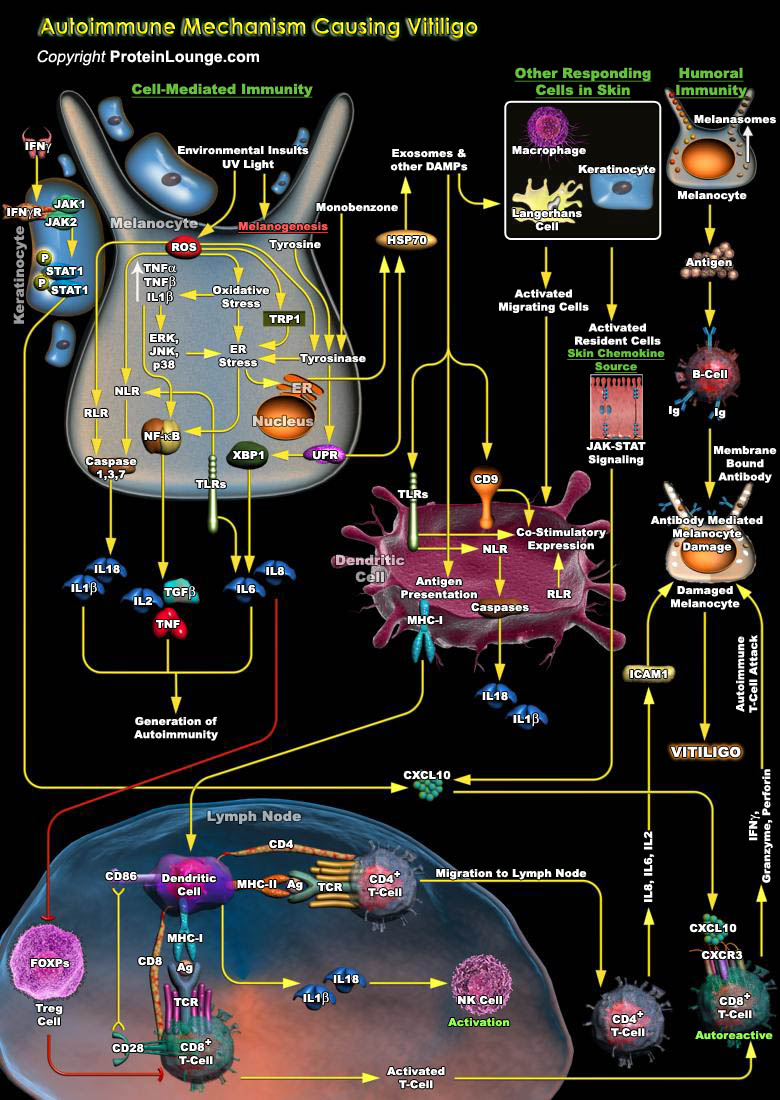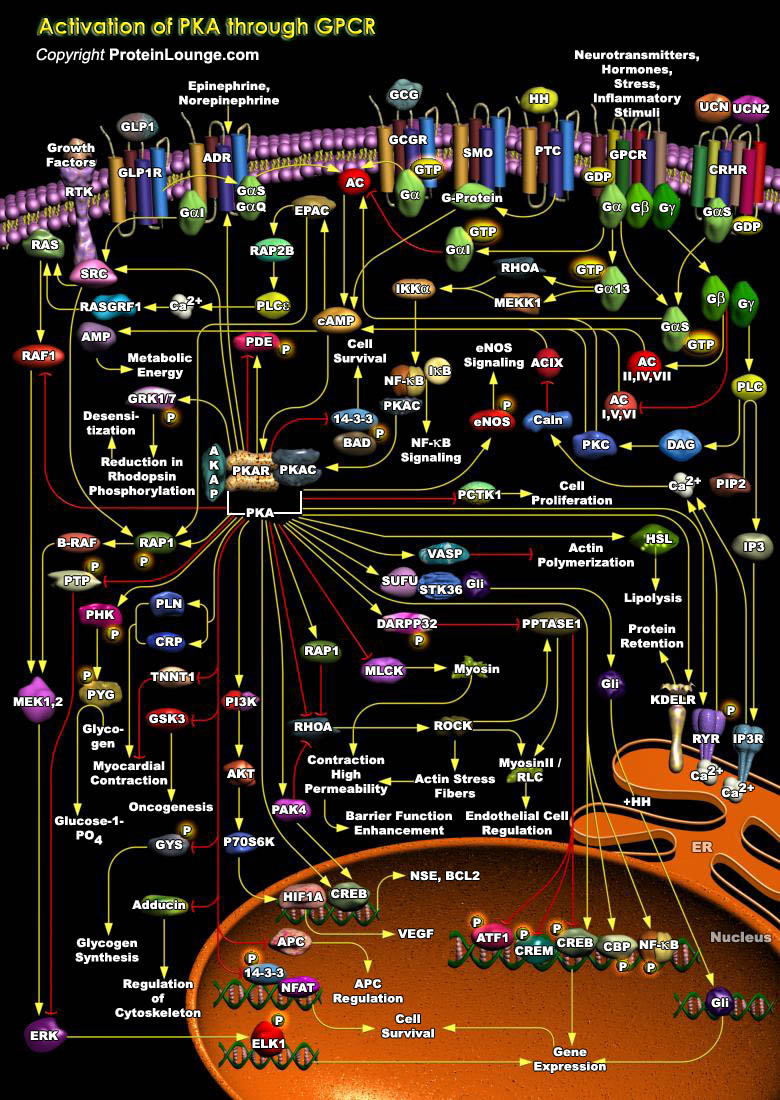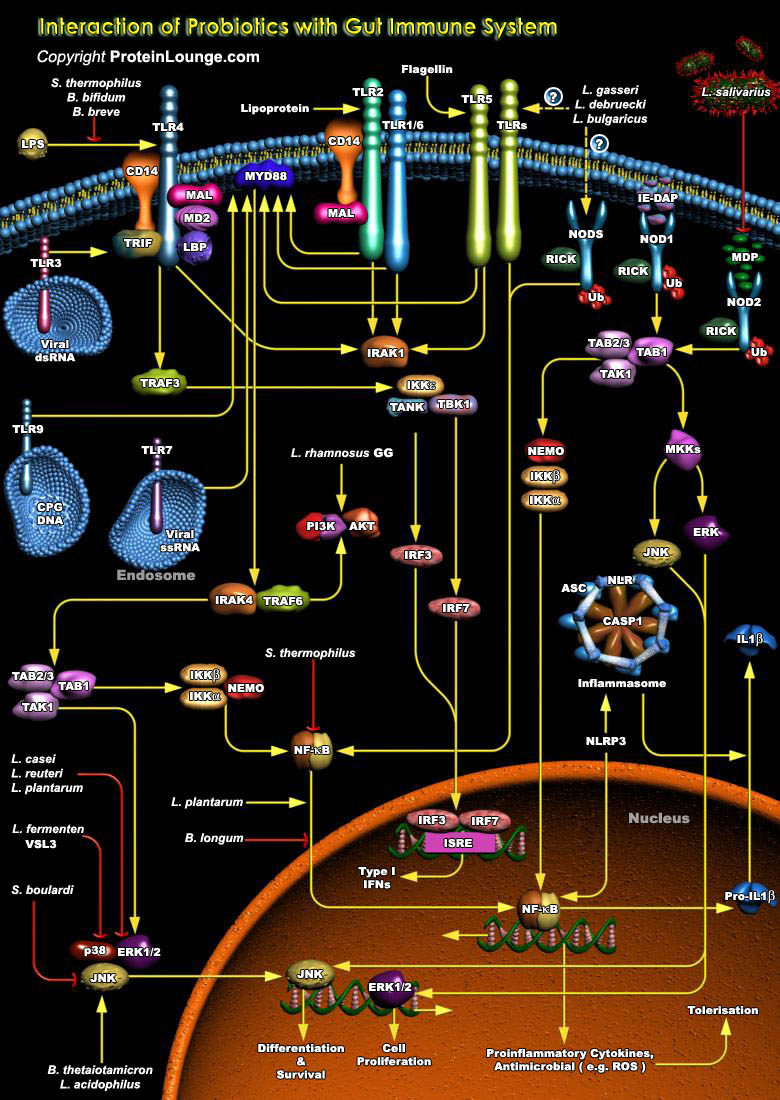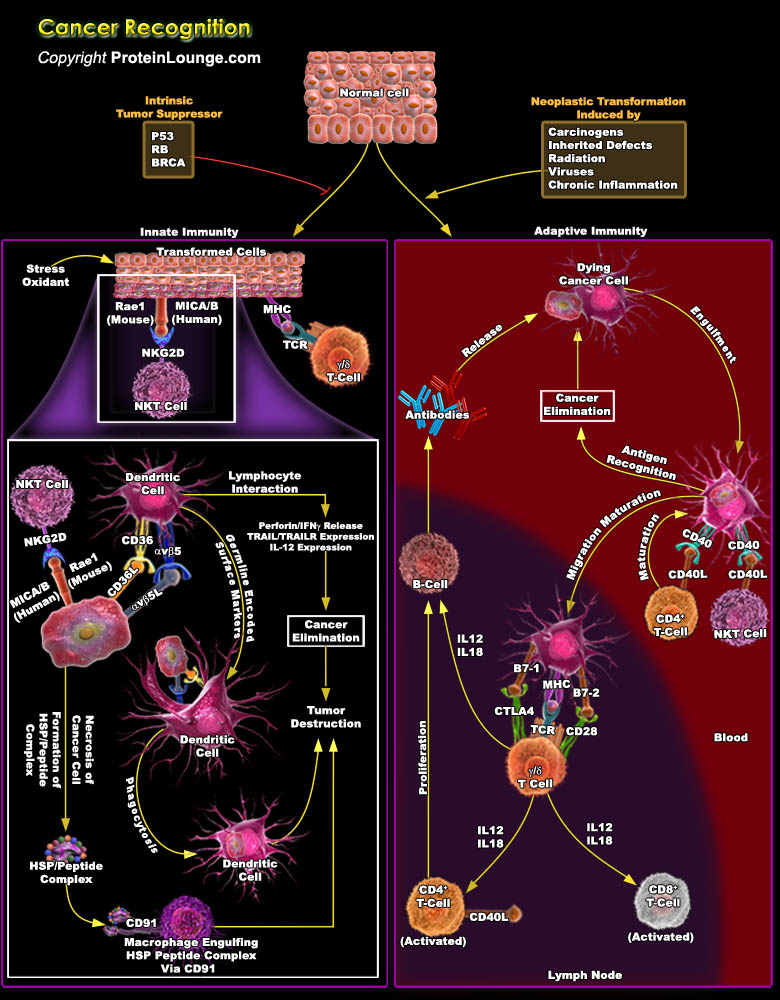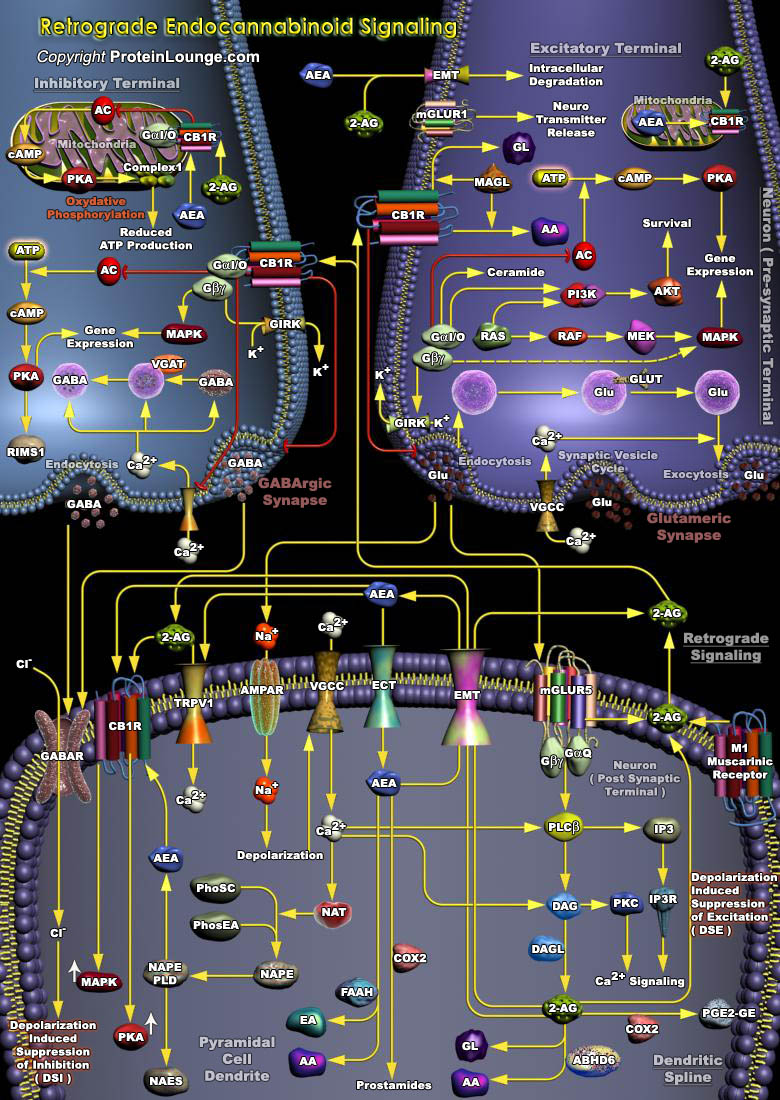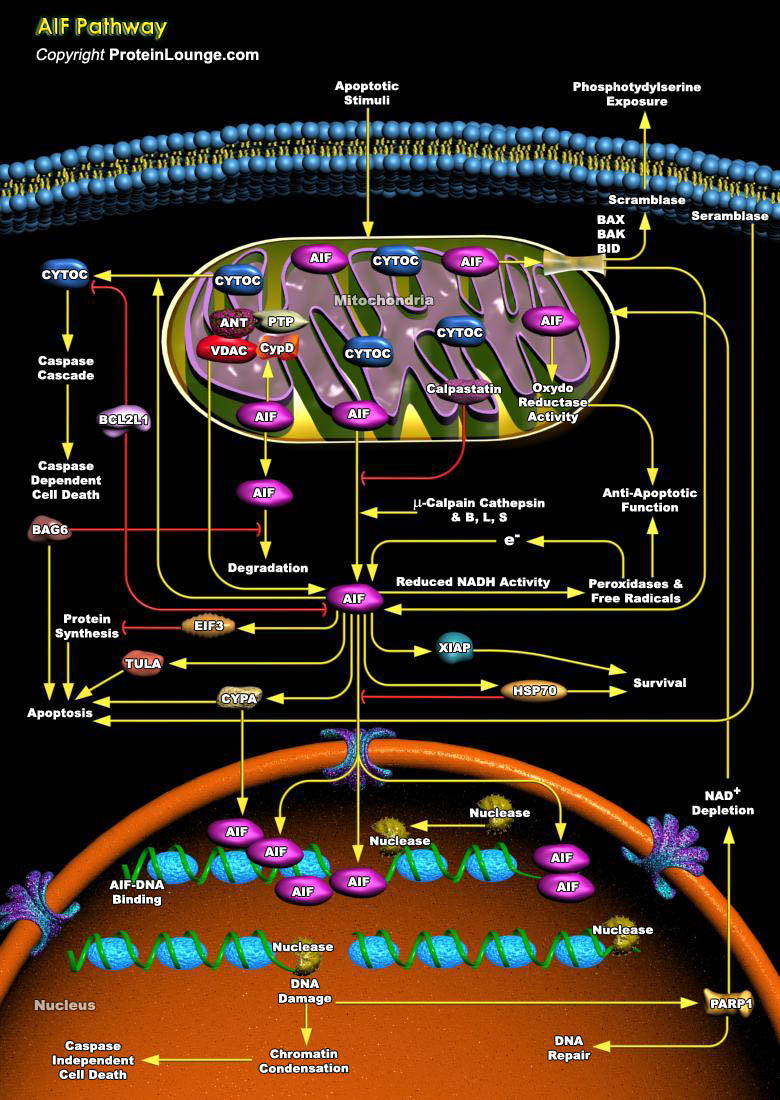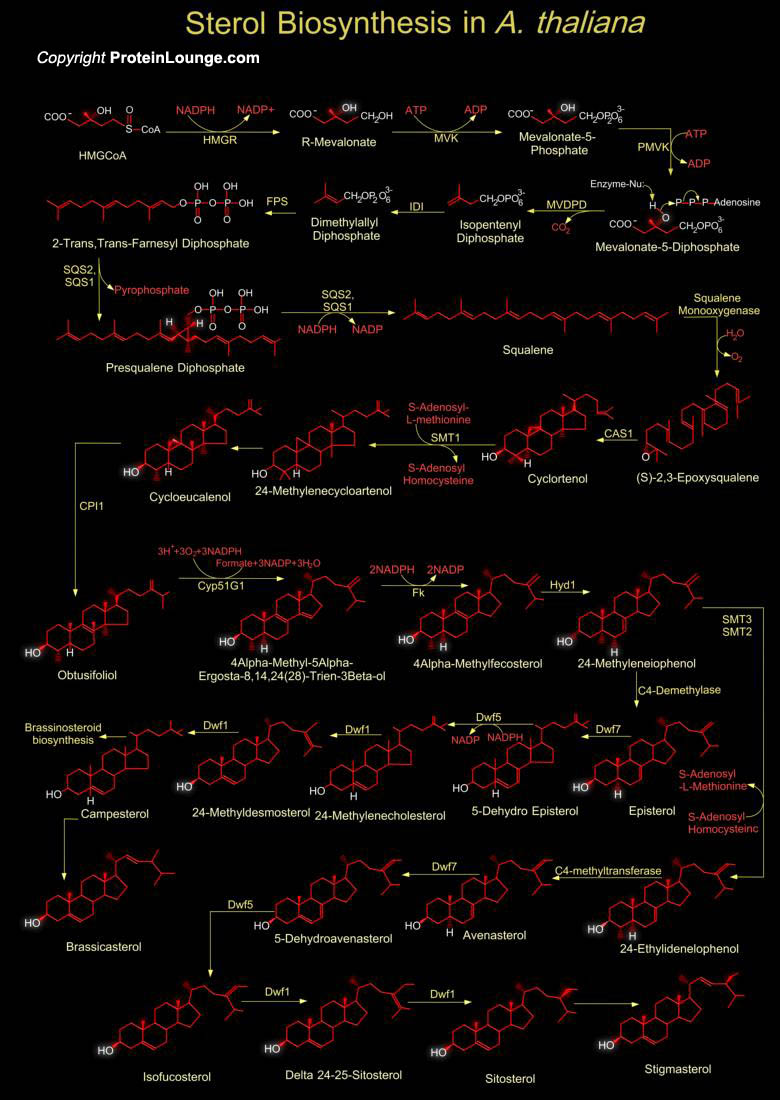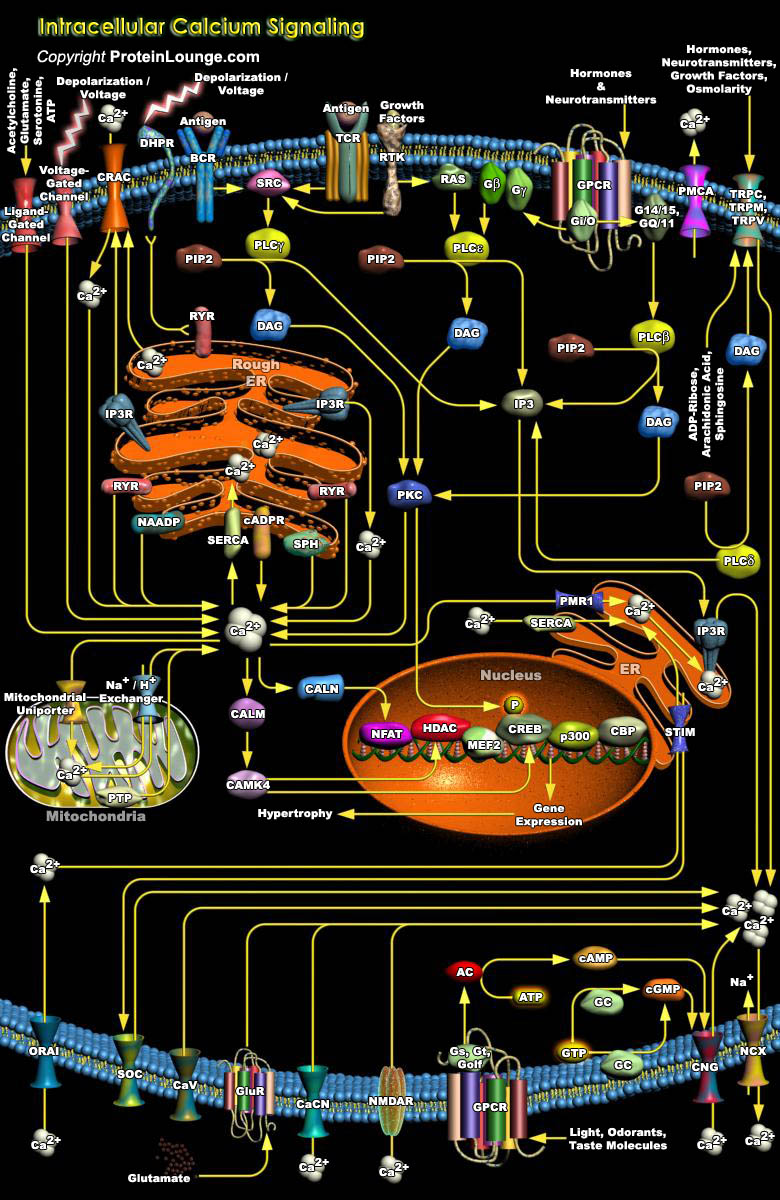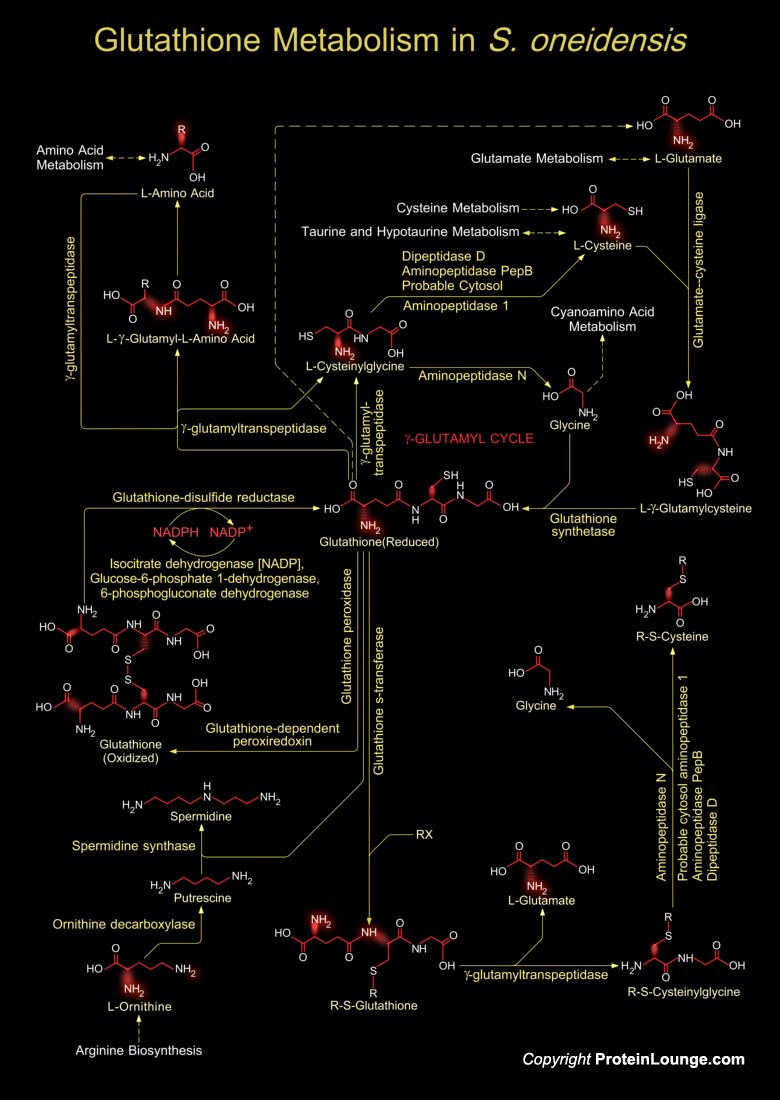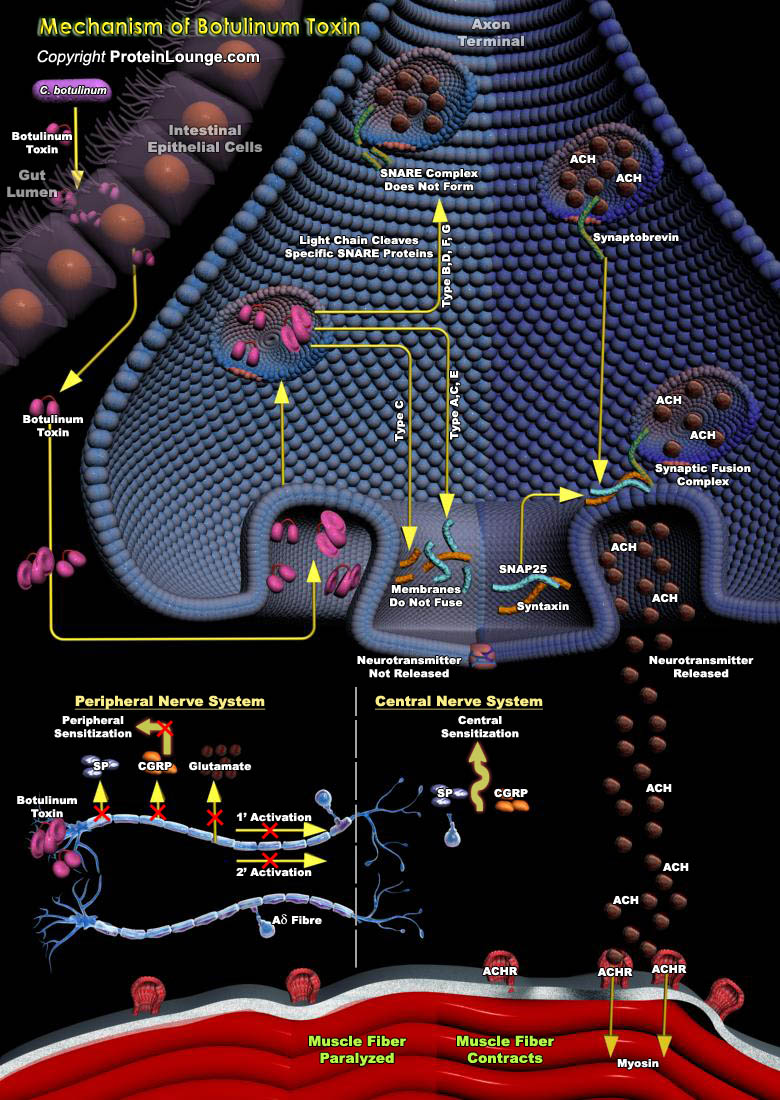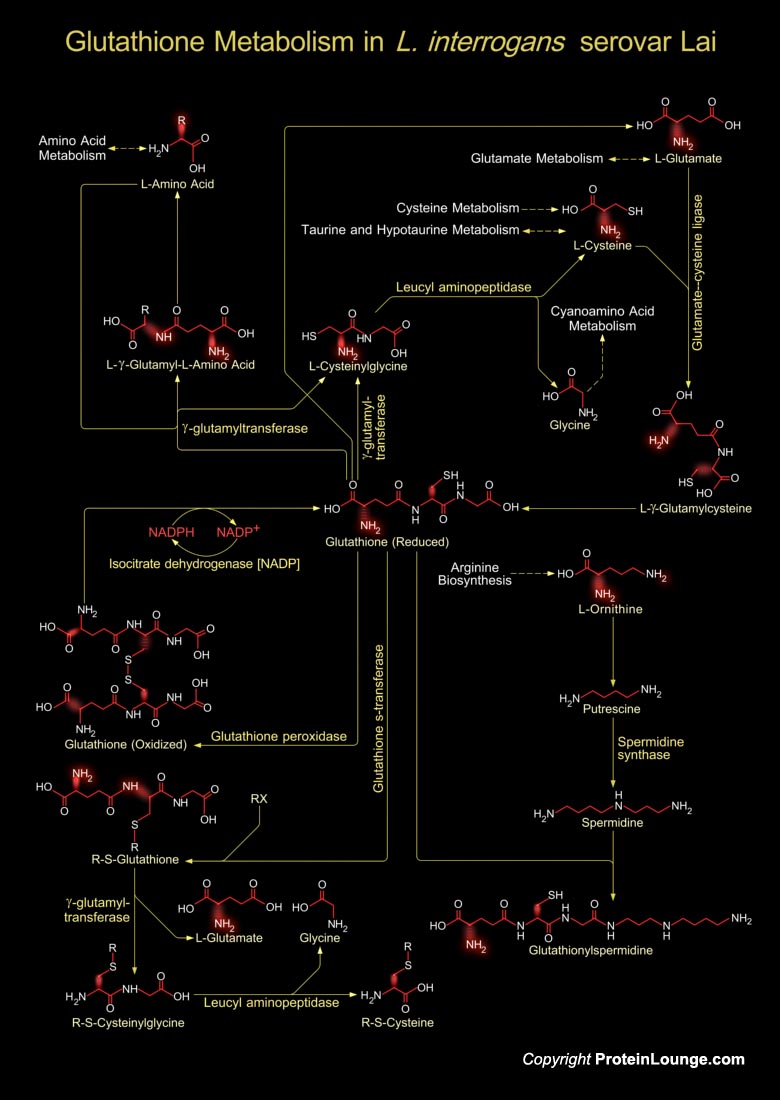Featured Pathways
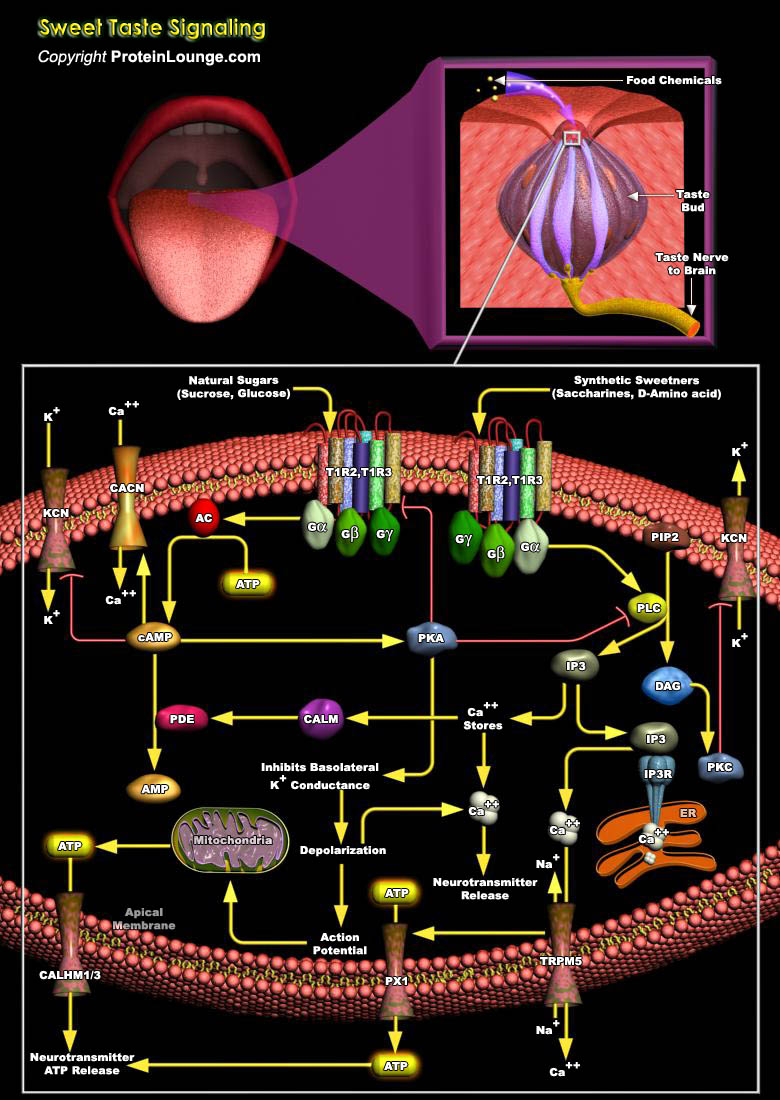
The sense of taste plays a critical role in the life and nutritional status of humans and other organisms. Human taste perception may be categorized according to four well known and widely accepted descriptors, sweet, bitter, salty, and sour (corresponding to particular taste qualities or modalities), and two more controversial qualities: fat and amino acid taste. In addition to these basic[..]
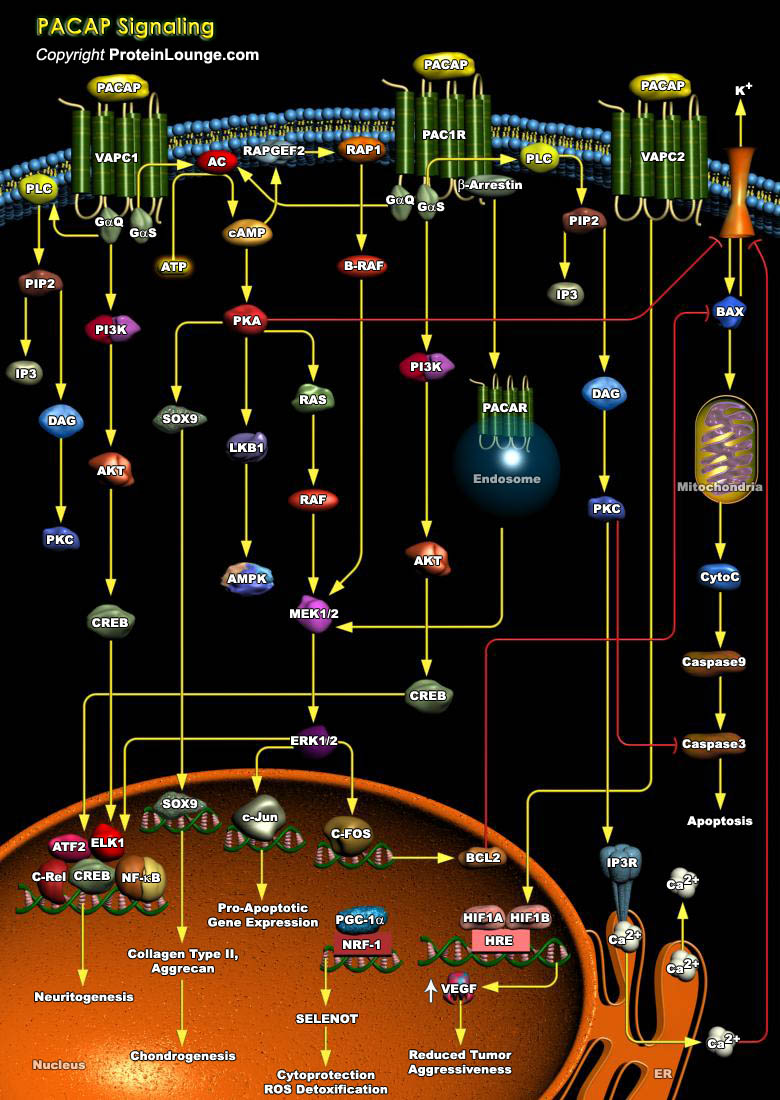
G Protein-coupled Receptors (GPCRs) based on sequence and structural similarities have been divided into five major classes: Rhodopsin (class A), Secretin (class B), Glutamate (class C), Adhesion, and Frizzled/Taste. A number of critical regulatory peptides, such as corticotropin-releasing hormone, calcitonin gene-related peptide, parathyroid hormone, glucagon, vasoactive intestinal peptide[..]
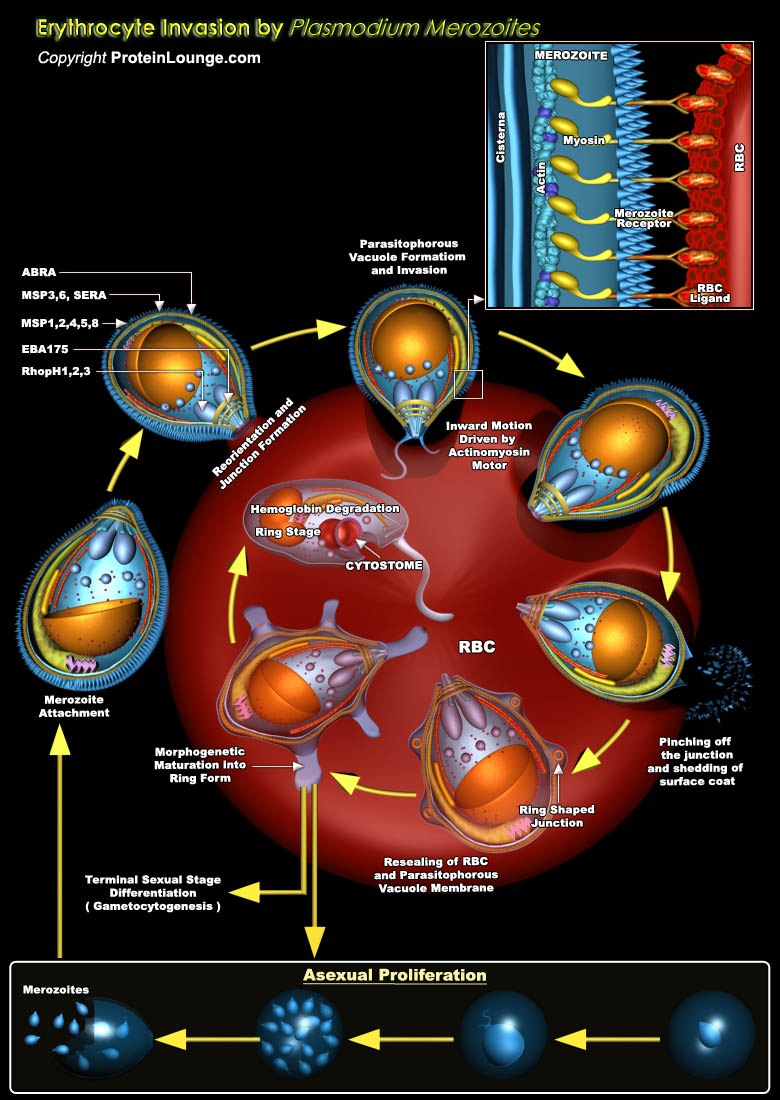
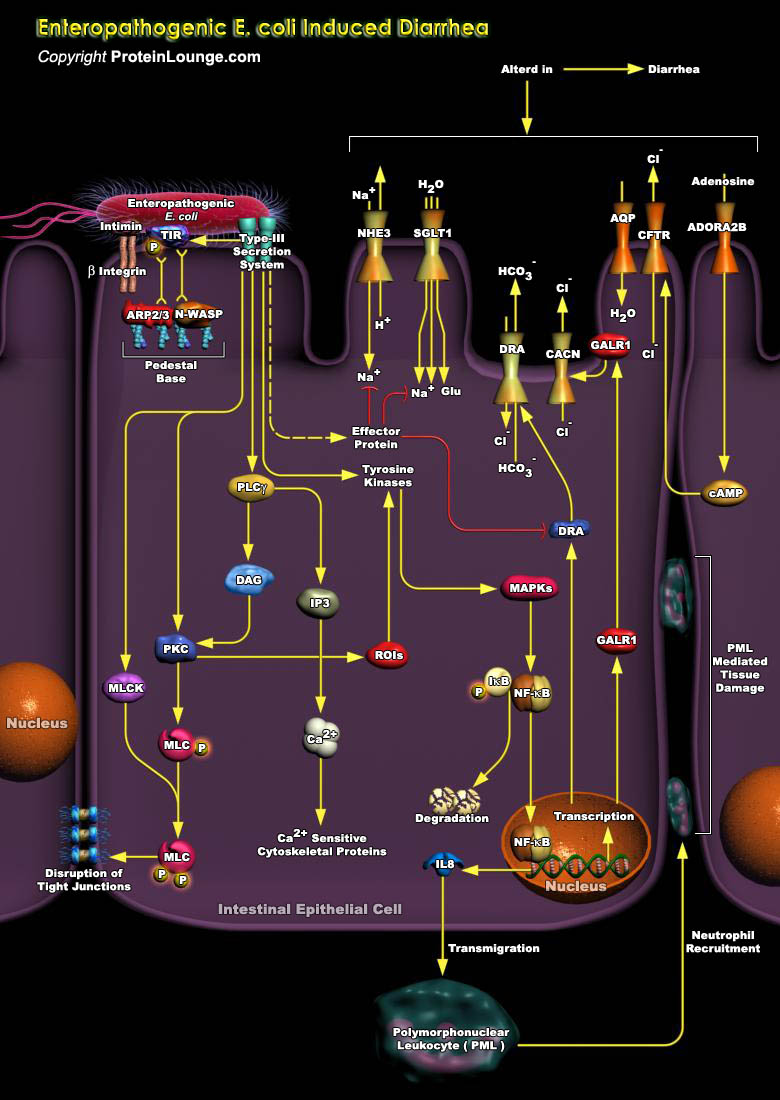
Pathogenic microbes subvert normal host-cell processes to create a specialized niche, which enhances their survival. A common and recurring target of pathogens is the host cell's cytoskeleton, which is utilized by these microbes for purposes that include attachment, entry into cells, movement within and between cells, vacuole formation and remodeling, and avoidance of phagocytosis. One such[..]
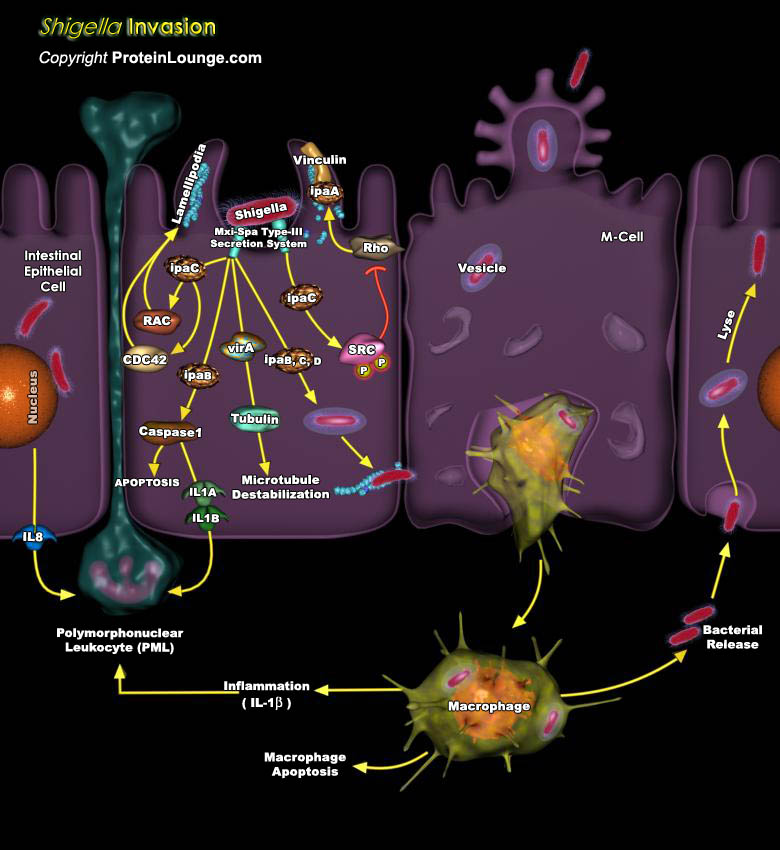
Bacterial pathogens possess highly specialized adaptive processes that enable their penetration of the host intestinal epithelium and cause disease. Once bound to the epithelial surface, bacteria may colonize and establish a permanent residence in the gut. Some Gram-negative pathogenic bacteria have acquired sophisticated 'molecular syringes', such as Type-III or Type-IV secretion[..]
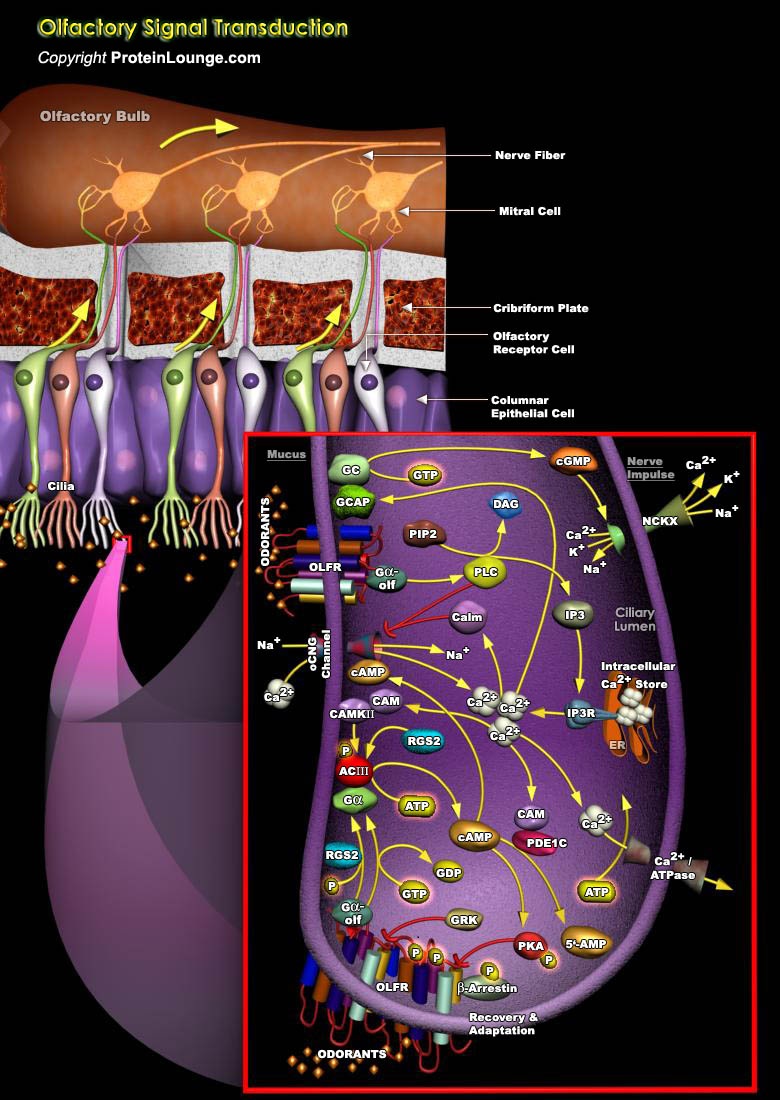
The olfactory system is a very efficient biological setup capable of odor information processing with neural signals. The mammalian olfactory system can recognize and discriminate a large number of different odorant molecules. The detection of chemically distinct odorants presumably results from the association of odorous ligands with specific receptors on OSNs (Olfactory[..]
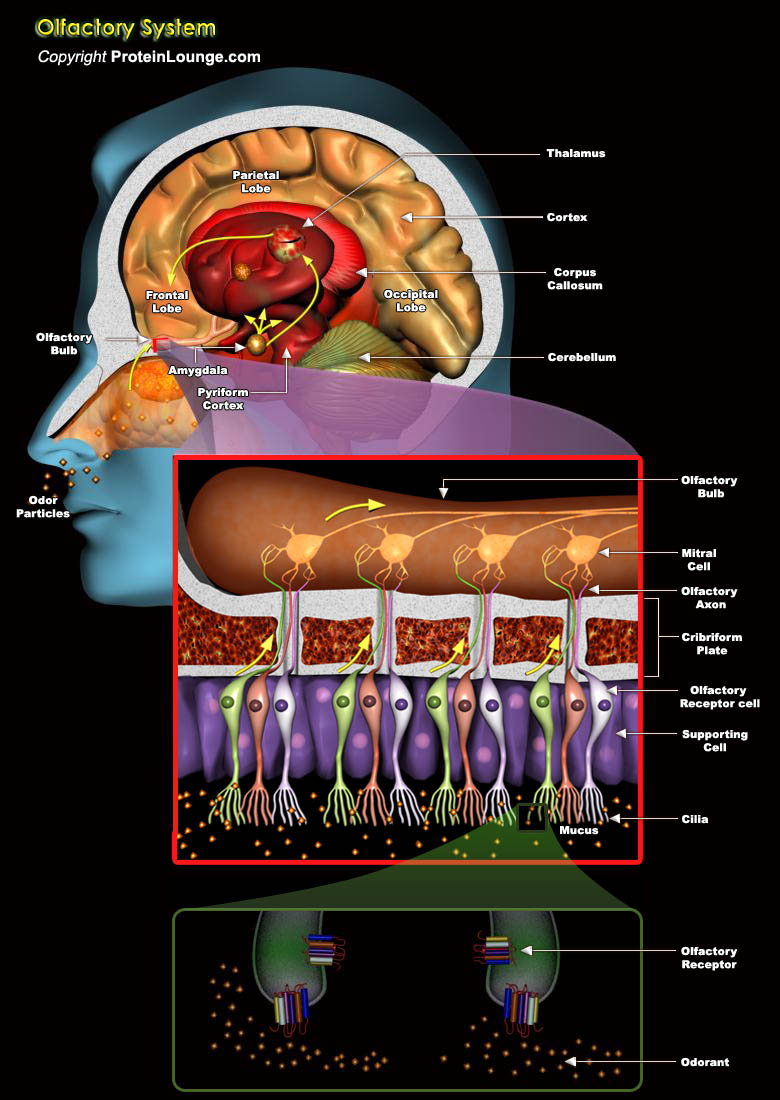
Our chemical senses, taste and smell, are our oldest senses. Long before organisms could hear or see, they needed to find nutrients, had to avoid toxic substances, and they were attracted by signaling molecules that were released by their mating partners. Right from the beginning of evolution, the task of our chemical senses was not to merely identify the[..]
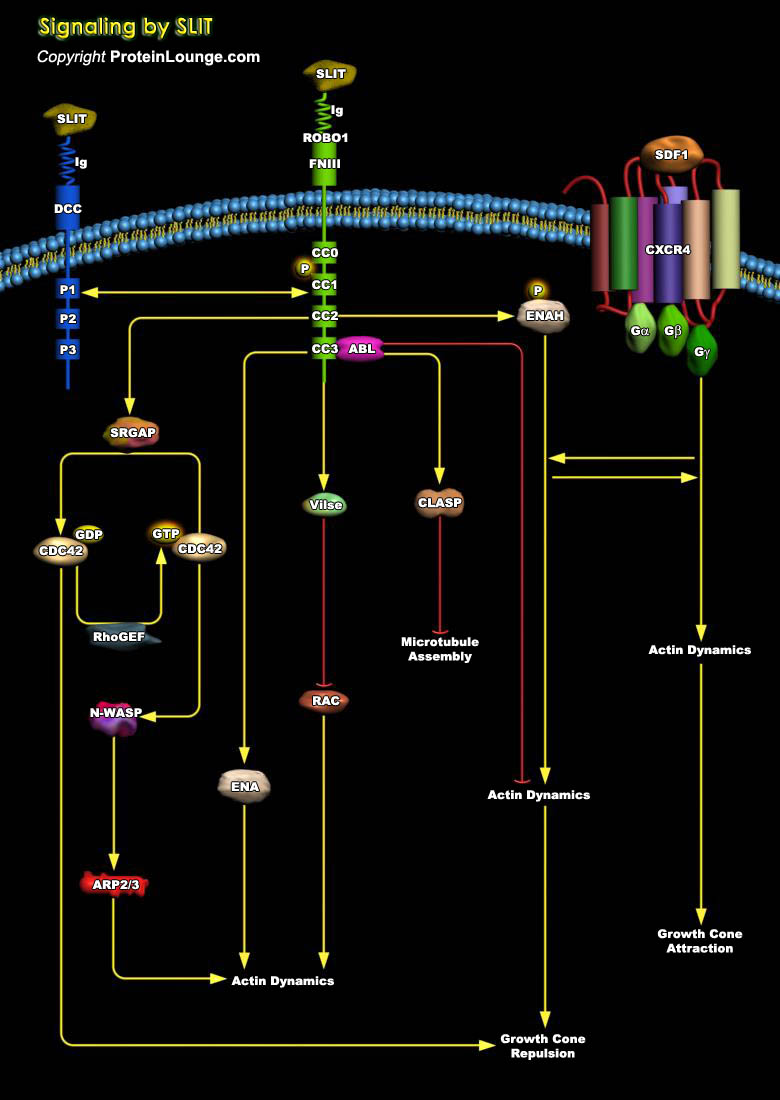
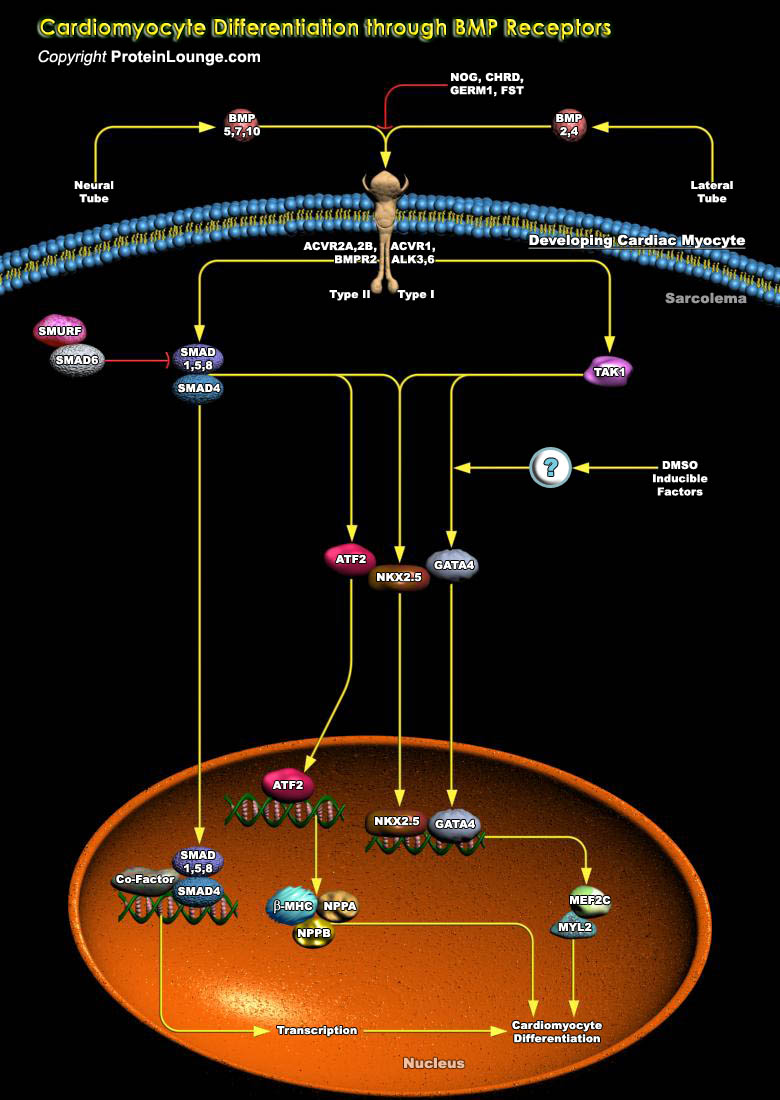
BMP (Bone Morphogenetic Protein) Receptors are essential, beyond the egg cylinder stage, for myocyte-dependent functions and signals in cardiac organogenesis. ALK3 (Activin Receptor-Like Kinase-3) is specifically required at mid-gestation for normal development of the trabeculae, compact myocardium, interventricular septum and endocardial cushion. The invariable defects in myocardium results[..]
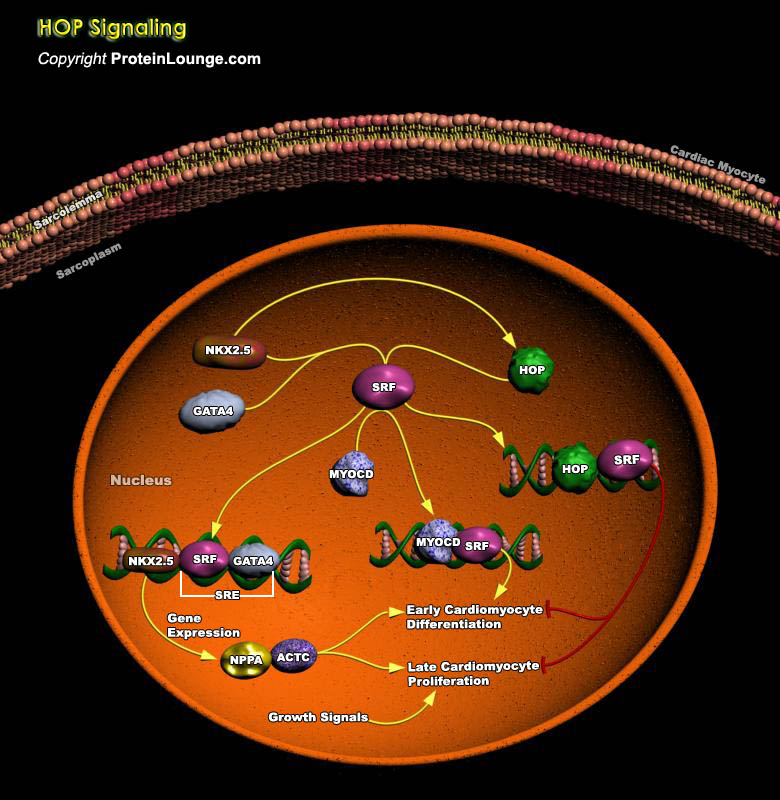
Cardiac myocyte proliferation and their differentiation early in development are dependent on the coordinate expression and action of SRF (Serum Response Factor), GATA4 (GATA Binding Protein-4) and the homeodomain factor NKX2.5 (NK2 Transcription Factor Related Locus-5). All three of these factors are expressed in developing cardiomyocytes and induce expression of cardiac genes. HOP[..]
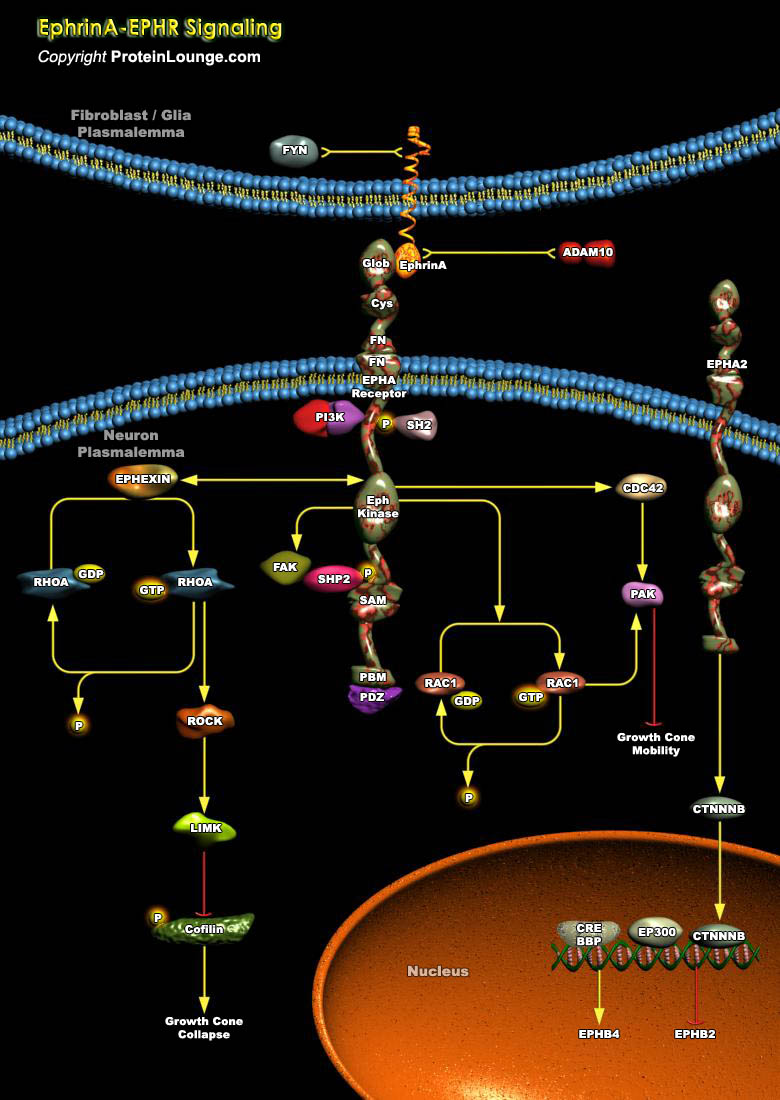
Neuronal growth cones in the developing nervous system are guided to their targets by attractive and repulsive guidance molecules, which include members of the netrin, semaphorin, ephrin, and Slit protein families. The Eph family forms the largest group of RTKs (Receptor Tyrosine Kinases) comprising 14 members in mammals that play critical roles in diverse biological processes during[..]
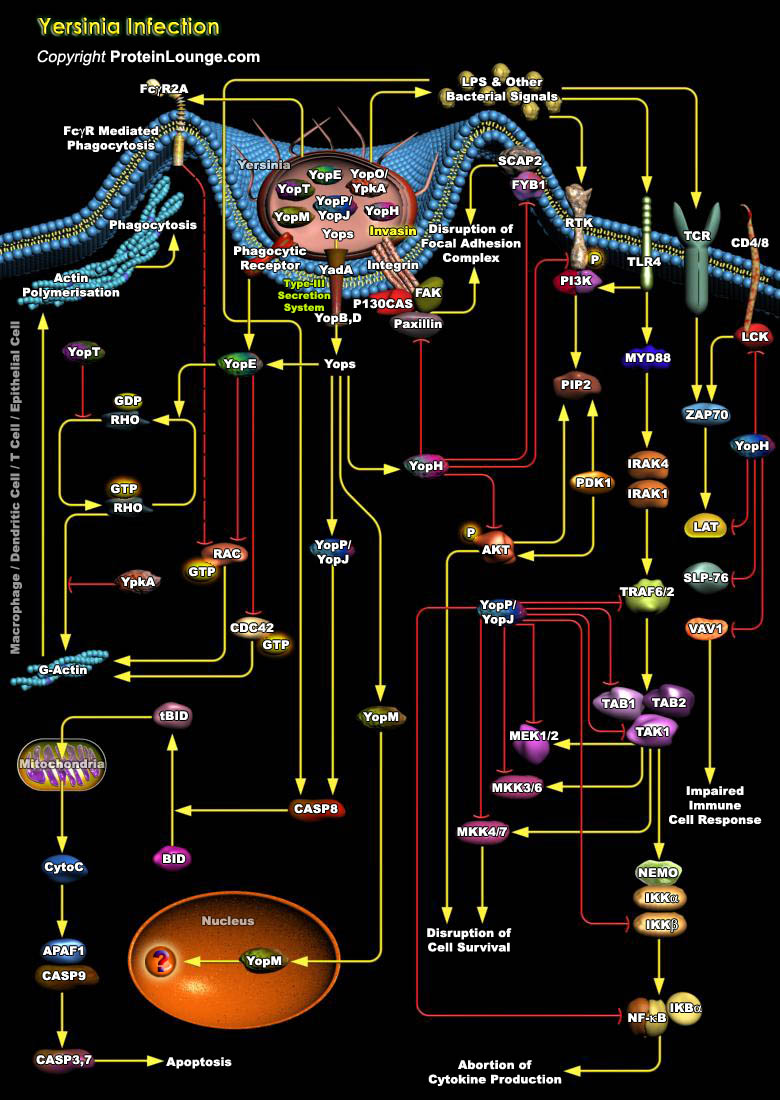
Yersinia pestis, is a facultative intracellular a gram-negative bacillus responsible for causing bubonic plague (Ref.1). Apart from Y. pestis, two other pathogenic Yersinia species, Yersinia enterocolitica, Y. pseudotuberculosis, are known to infect human and animal hosts and cause a variety of[..]









